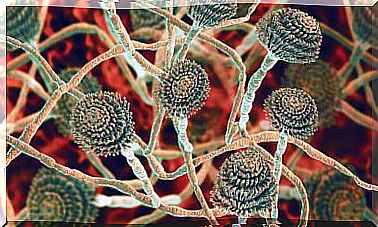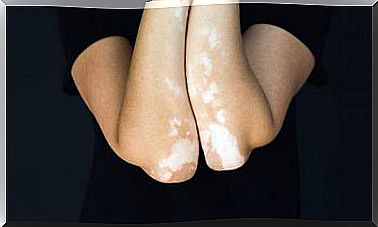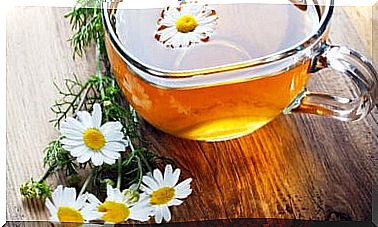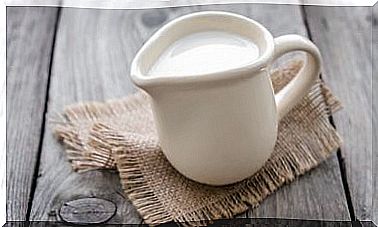What’s Behind The Fabric Softener?
Fabric softener is a very popular product that is used in the laundry process in order to preserve the softness of clothes while giving them a more pleasant scent. We can find it in most homes, since in the market it can be purchased in different presentations at very affordable prices.
However, what consumers do not know is that most are loaded with quite dangerous chemicals that can compromise the health, especially that of children. And, behind those advertising campaigns that highlight them as perfect items for the family, there are some secrets that companies prefer not to reveal to keep their interests at the top.
Like other household cleaning chemicals, fabric softeners can have detrimental effects, although they are not always immediately noticeable. Respiratory problems and dermatological conditions that occur as a reaction to direct or indirect contact with them stand out mainly.
More than half of the fabric softeners on the market have been found to contain more than two chemicals that can cause health complications. On this occasion we want to reveal the most frequent ones so that you can identify them on the labels of this product. Get to know them!
Alpha-terpineol
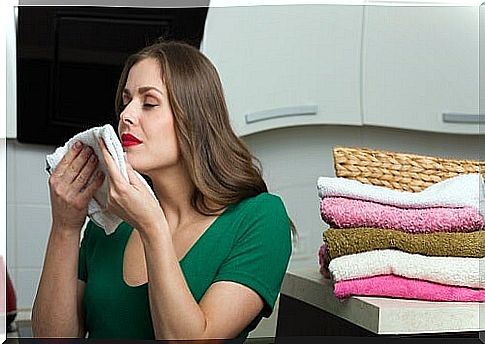
It is a colorless and combustible liquid whose lilac scent is used to give fragrance to fabric softeners. However, the United States Environmental Protection Agency warns that it can influence the development of disorders such as:
- Central nervous system imbalances
- Hypothermia
- Ongoing headaches
- Depression and anxiety
- Loss of muscle coordination
- Irritations
Benzyl acetate
This fragrance agent is one of the most used in the manufacture of products for washing clothes. It has a floral smell similar to that of jasmine and, like the previous one, it is a totally colorless liquid. Over the years, its poisoning from its presence in cleaning products has been linked, according to this report from the World Health Organization, with:
- Drowsiness
- Redness of the skin and eyes
- Breathing difficulties
- Sore throat
Benzyl alcohol
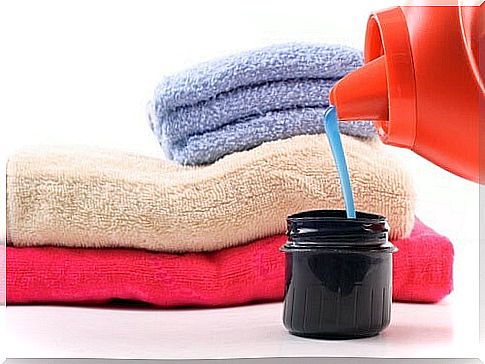
This colorless compound has a very pleasant aroma that is extracted from plants and flowers. In addition to softeners, it is present in essential oils such as ylang-ylang, hyacinth and jasmine. Your contact with the body is related to:
- Upper respiratory tract irritation
- Poisoning and vomiting
- Scalp irritation when used topically, according to the US National Medical Library.
Ethyl acetate
This ingredient is a sweet-smelling liquid that is used as a solvent and scent in various household products. However, the United States Environmental Protection Agency has listed it as a hazardous waste that should be avoided. Health risks include:
- Kidney and liver damage
- Respiratory tract infections
- Fatigue and anemia
Chloroform
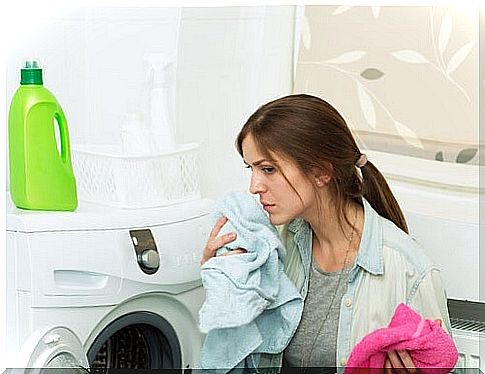
Chloroform is a thick, colorless, slightly sweet-smelling liquid that is added to fabric softeners as a solvent and an aromatic. However, according to this report published by the New Jersey Department of Health (United States), this compound is carcinogenic. The constant use of products that contain it can cause health problems such as:
- Drowsiness
- Dizziness, vomiting and nausea
- Headaches
- Liver and kidney damage
- Cardiac disorders
- Dermatological conditions
- Respiratory tract infections
Terpinolene
Terpinolene is a colorless liquid that lends a citrus scent to many cleaning products. In addition, it is used in the manufacture of fabric softeners, shaving creams, soap bars, and a variety of other household items. Its poisoning can cause problems such as:
- Eye irritation
- Skin disorders
- Throat discomfort
- Inflammation of the sinuses
The reason why these effects occur in the medium and long term is because the products usually contain small amounts of these types of substances. The problem is that many are used almost daily, and therefore the amount of harmful compounds that end up entering the body is significant.
In order not to run any type of risk, it is good to check the packaging of these products. In addition, it is possible to opt for ecological alternatives such as apple cider vinegar or baking soda.

